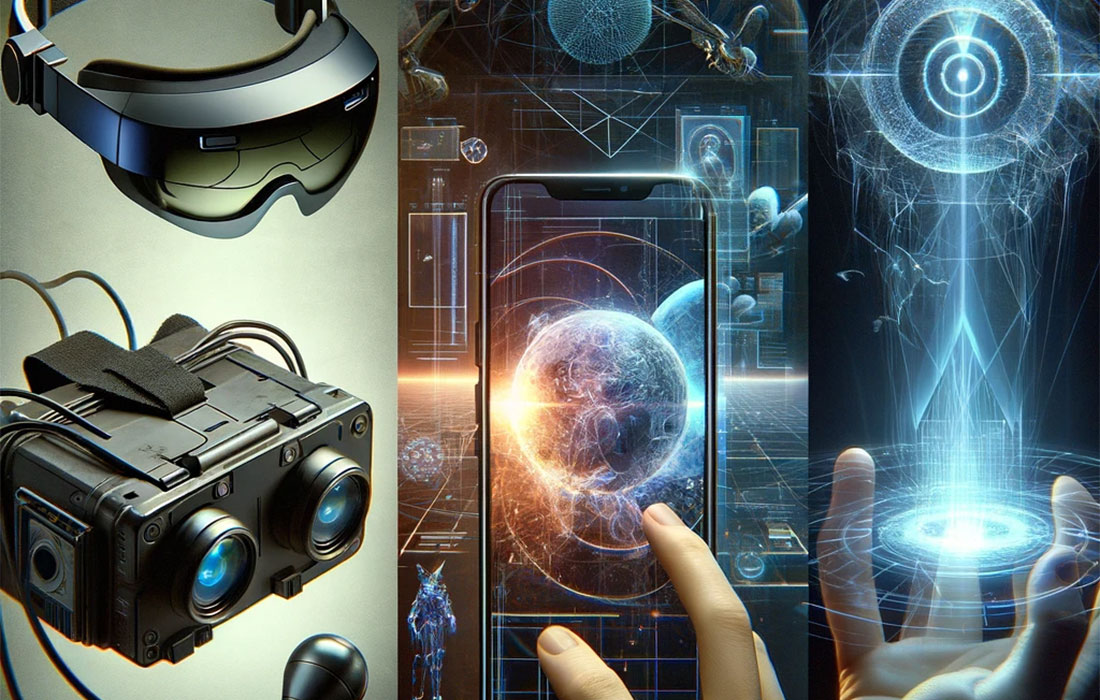Augmented Reality (AR) has come a long way since its inception. From simple headsets to sophisticated holographic displays, the journey of AR hardware has been marked by significant advancements. This article explores the latest developments in AR technology, emphasizing how these innovations are reshaping our interaction with the digital world.
The Early Days: Headsets and Glasses
A Brief History of AR Headsets
The early days of AR were predominantly about head-mounted displays (HMDs). These devices, like the Google Glass, paved the way for immersive AR experiences. However, they were often bulky and limited in functionality.
Overcoming Limitations: Comfort and Connectivity
Recent advancements have focused on making AR headsets more comfortable and user-friendly. Wireless connectivity, lightweight design, and improved battery life are now priorities for manufacturers.
Mid-Generation AR: Mobile-Connected Devices
AR Through Smartphones and Tablets
The proliferation of smartphones and tablets equipped with AR capabilities brought this technology to the masses. Apps like Pokémon GO showcased how AR could be used for entertainment, while other applications demonstrated its potential in education, design, and retail.
Enhancing User Experience: Sensors and Software
The integration of advanced sensors and sophisticated software algorithms has enhanced the AR experience on mobile devices, allowing for more accurate and interactive environments.
The Present and Future: Holographic Technologies
The Rise of Holographic Displays
Holographic AR displays, once a sci-fi fantasy, are now becoming a reality. These devices project 3D images into the real world, allowing for a more natural and interactive form of augmented reality.
Innovations in Holography
Companies like Microsoft with its HoloLens and startups working on light field displays are at the forefront of this technology. These innovations promise to revolutionize industries from gaming to medicine.
Challenges and Opportunities
Overcoming Technical Hurdles
Despite the progress, challenges remain in miniaturizing hardware, reducing costs, and ensuring user privacy and safety.
The Future of AR Hardware
The future of AR hardware lies in overcoming these challenges and finding new ways to integrate AR seamlessly into daily life. Whether it’s through wearables, implants, or entirely new forms of display, the possibilities are endless.
Conclusion: A New Reality
AR hardware has evolved from cumbersome headsets to sophisticated holographic systems. As technology continues to advance, we can expect AR to become an even more integral part of our lives, reshaping how we interact with the world around us.








